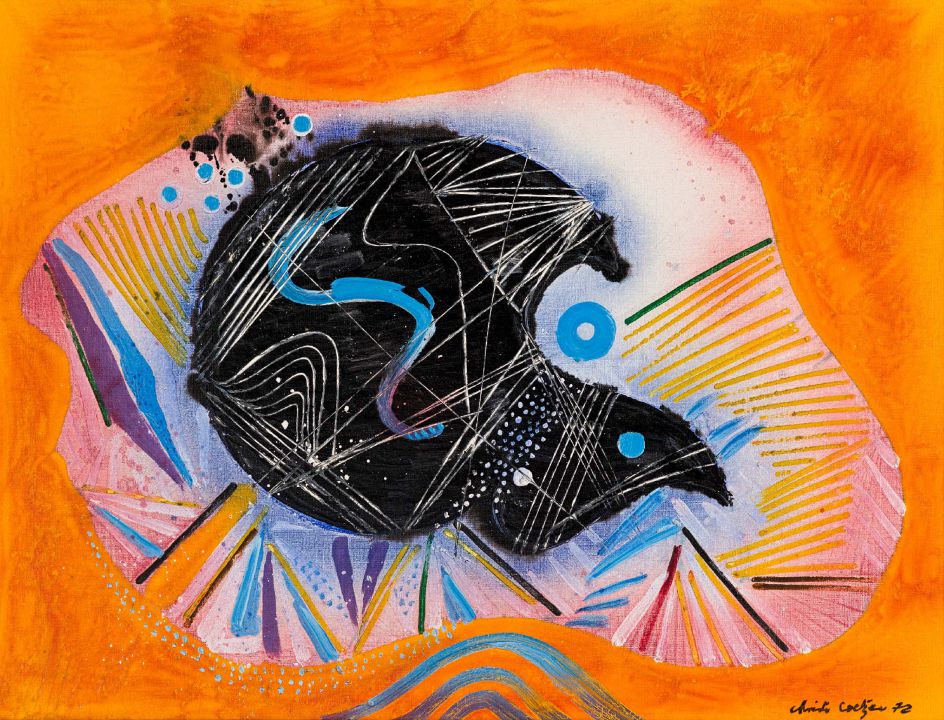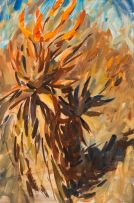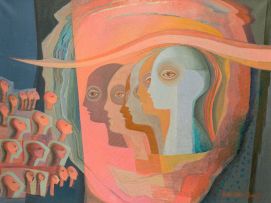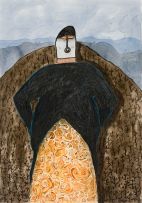Important South African and International Art
Live Auction, 7 November 2016
Evening Sale
About this Item
signed and dated 72
Notes
Christo Coetzee was schooled in the European modernism of France and Italy, and fell under the sway of the avant-garde of the Far East, especially that of Japan, where he studied with members of the Gutai Art Association in 1959 and 1960. He exhibited with Georges Mathieu and Lucio Fontana in Paris, while his studies in Japan reinforced his interest in abstract expressionism. This style was quite unfamiliar in South Africa at the time, where the dominant focus was on the so-called search for the 'spirit of Africa' in the work of such artists as Walter Battiss, Alexis Preller and Cecil Skotnes. The arabesque lines that characterise this work led to the label of 'neo-Baroque'. Soon after Coetzee painted this work in 1972, he performed an unthinkable act at the opening of his exhibition in Cape Town in 1975: he slashed similar abstract works such as this one into ribbons. It created an unparalleled sensation in the press at the time. Coetzee, the indefatigable creative artist, then went on to 'repair' these works, and essentially inventing a number of new isms in modern art, including tearism, fragmentism, shatterism as well as repairism. He considered the destruction of his work as a form of 'art as theatre', or an 'intuitive happening'.1 Seen in this context, Coetzee's Skull could be viewed as symbolic of the demise of the old order, and the advent of a new direction in his artistic career.
1 Christo Coetzee. (1975) PROTESTISM - IS IT ART? Summary of a public lecture at the former SA Association of Arts (Western Cape) in Cape Town on 7 February 1975, first published in Arts Calendar, March 1975, and reproduced in Muller Ballot (1999) Christo Coetzee. Cape Town: Human & Rousseau. Pages 85 and 86.








